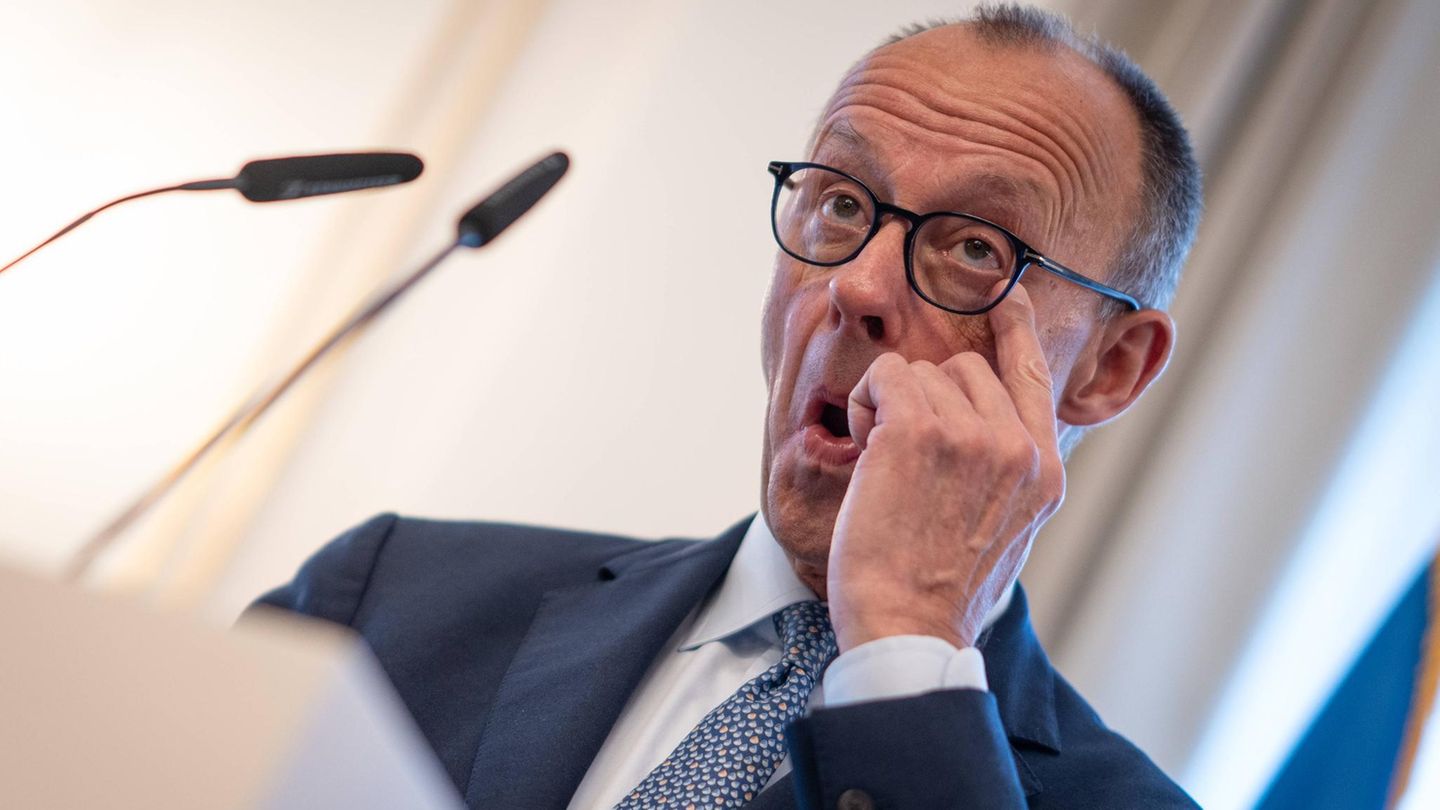The government of US President Biden is unwavering in the trade war with China, but wants to get back into conversation. The new strategy is being received positively in Beijing.
Despite the unchanged hard line in dealing with China, the US’s new strategy in the trade war between the two largest economies has received an initial positive response from Chinese experts.
The state newspaper “Global Times”, which the leadership in Beijing often serves as an English-speaking mouthpiece, quoted experts on Tuesday as saying that they saw a “positive signal” that trade talks planned soon could be more constructive.
The US Trade Representative Katherine Tai’s plans for “frank talks” with China may indicate that the US has realized that it needs to resolve trade tensions in a more pragmatic way, the paper quoted Gao Lingyun of the Chinese Academy of Social Sciences as saying. This is in line with the strategy of China, which has always said that the differences must be resolved through frank negotiations.
China also points to pandemic effects
The US proposals also showed that the punitive tariffs would not have the intended impact, said Gao Lingyun. The US had not found any alternatives to Chinese products, nor had industrial chains been forced to leave China. Tariffs in bilateral trade harm consumers and manufacturers in the US – and are not helpful in the US government’s fight against inflation. China has also “largely fulfilled” its obligations from the agreement on phase one in the trade conflict of January 2020.
If China does not meet the agreed target of buying goods for an additional 200 billion US dollars in 2020 and 2021, then it is due to the corona pandemic, the paper quoted another expert as saying. He also warned: “An escalation of the coercive measures in trade by the Biden government will trigger an intensified confrontation and backfire for the US.”
Because of the current “Golden Week” holiday on the Chinese national holiday, there was initially no official reaction to the strategy that the US trade representative Tai had presented in Washington the previous day. After that, the US wants to hold on to the punitive tariffs imposed on China for the time being. However, there should be more exceptions in favor of the US economy in the future. Tai also plans to resume talks with Beijing very soon to ensure that China keeps its commitments from the 2020 agreement.
Further calming down of the conflict?
China’s state agency Xinhua made no comment, but quoted the head of the US-China economic committee, Craig Allen: The US was sending “a kind of invitation” to China to resume the dialogue. The US economy hopes for a roadmap “to solve the problems and get rid of the tariffs”.
The trade representative Tai also expressed sharp criticism. China regularly violates international trade rules and fair competition, which harms the US economy. It is also clear that Beijing is not planning any “significant reforms” to address concerns from the US and the international community.
According to its own statements, the government of President Joe Biden wants to maintain a tough course towards Beijing, but to proceed in a more differentiated and coordinated manner than was the case under his predecessor Donald Trump.
The trade war began in June 2018 when Trump imposed punitive tariffs on imports from China totaling US $ 50 billion. He wanted to cut the trade deficit with China and accused Beijing of unfair trade practices. The conflict escalated until Trump imposed punitive tariffs on almost all imports from China worth more than $ 500 billion a year later. Beijing responded with new levies.
At the beginning of 2020 there was a kind of ceasefire that at least prevented new or higher tariffs. A key issue was China’s promise to buy $ 200 billion more goods in the US by the end of 2021 – primarily oil and gas (50 billion), industrial goods (80 billion), and agricultural products (32 billion). Trade Representative Tai said China has complied with parts of the deal but has not done so in other areas.
Jane Stock is a technology author, who has written for 24 Hours World. She writes about the latest in technology news and trends, and is always on the lookout for new and innovative ways to improve his audience’s experience.




